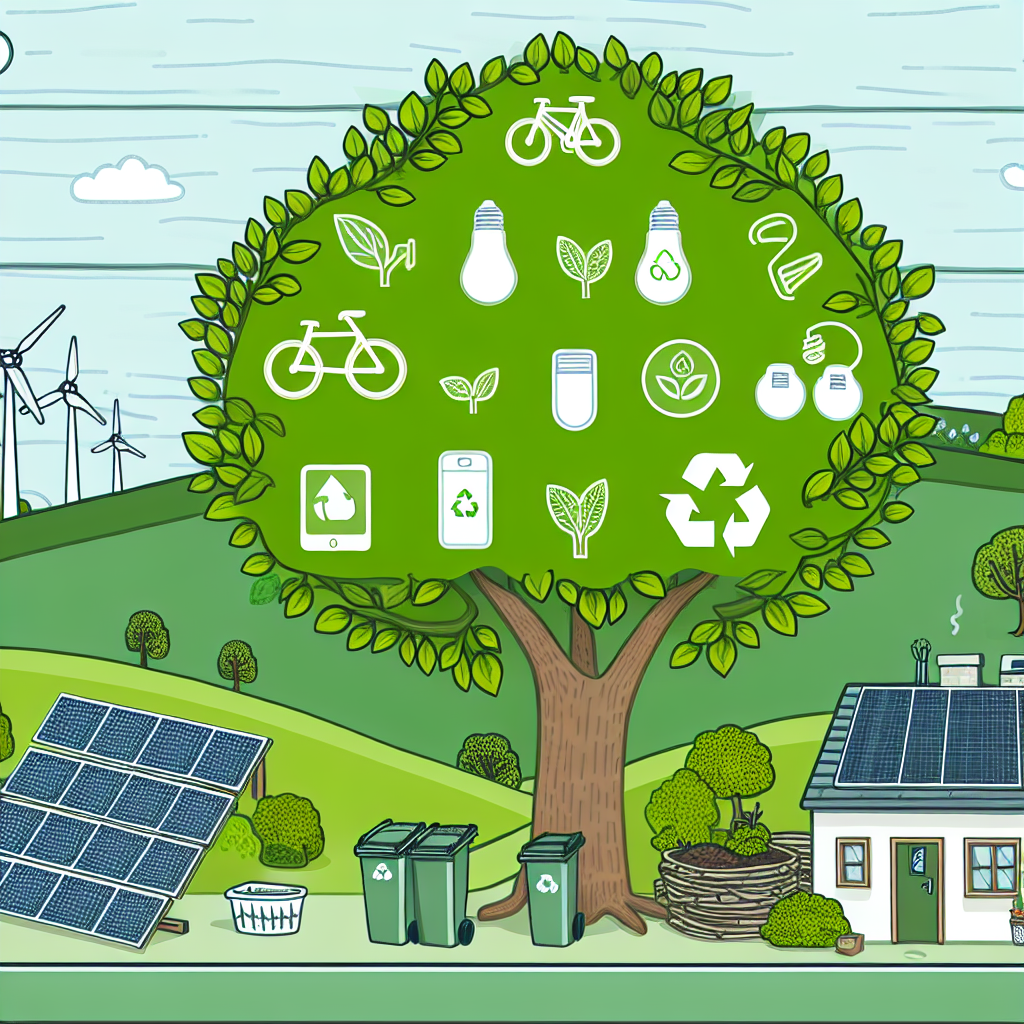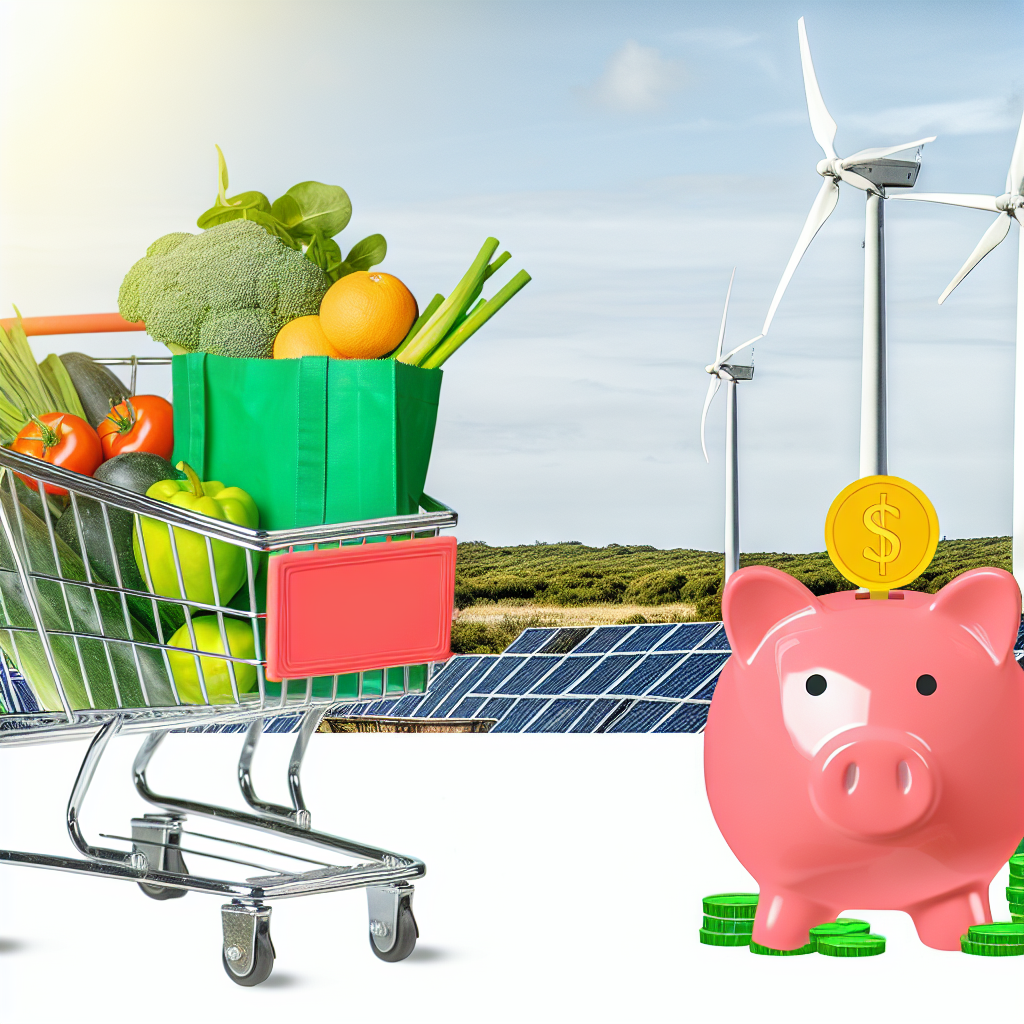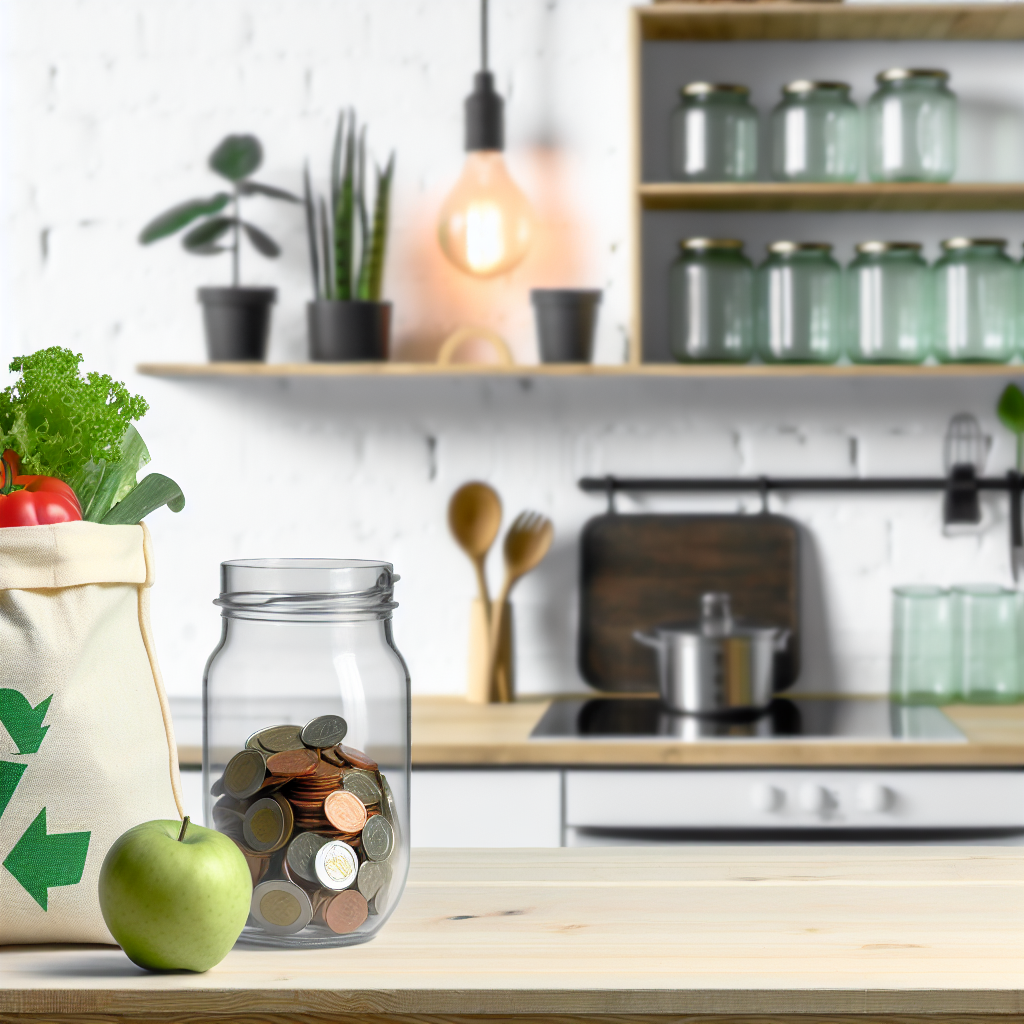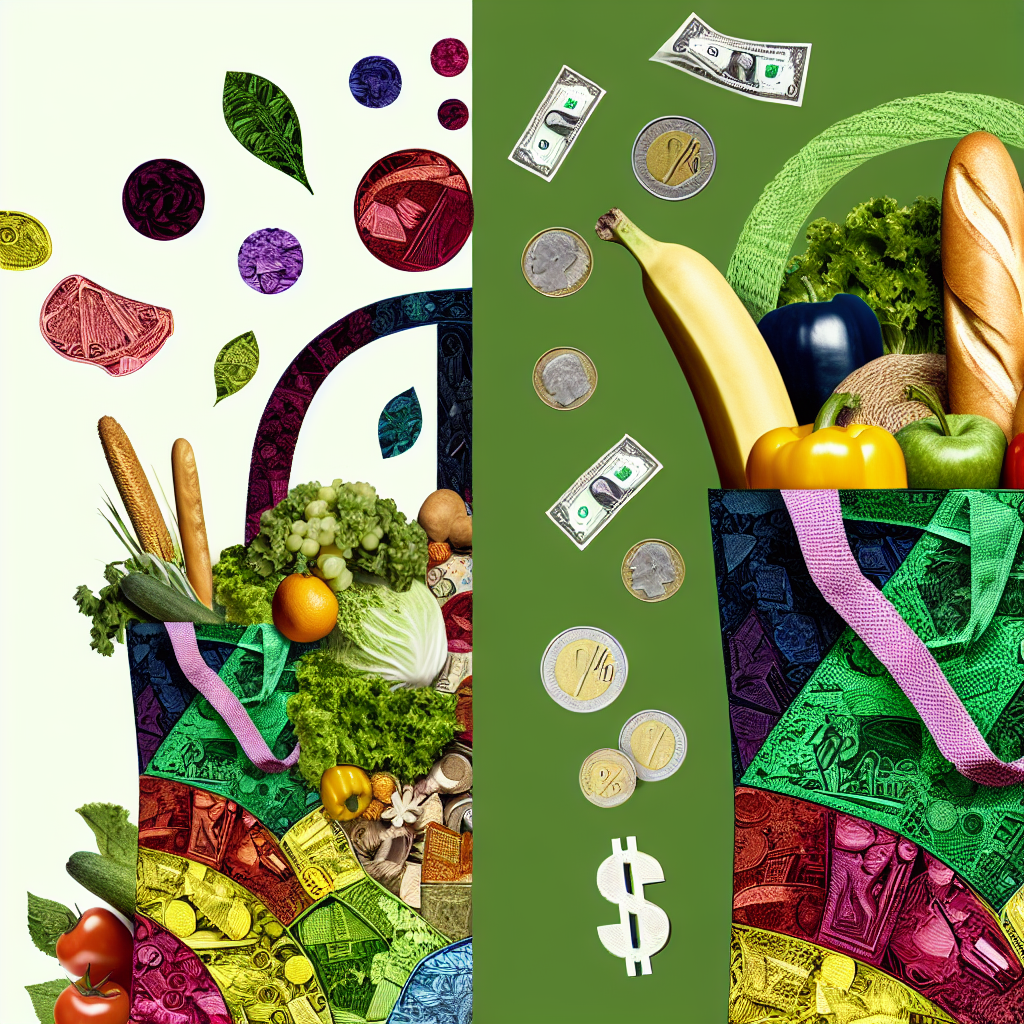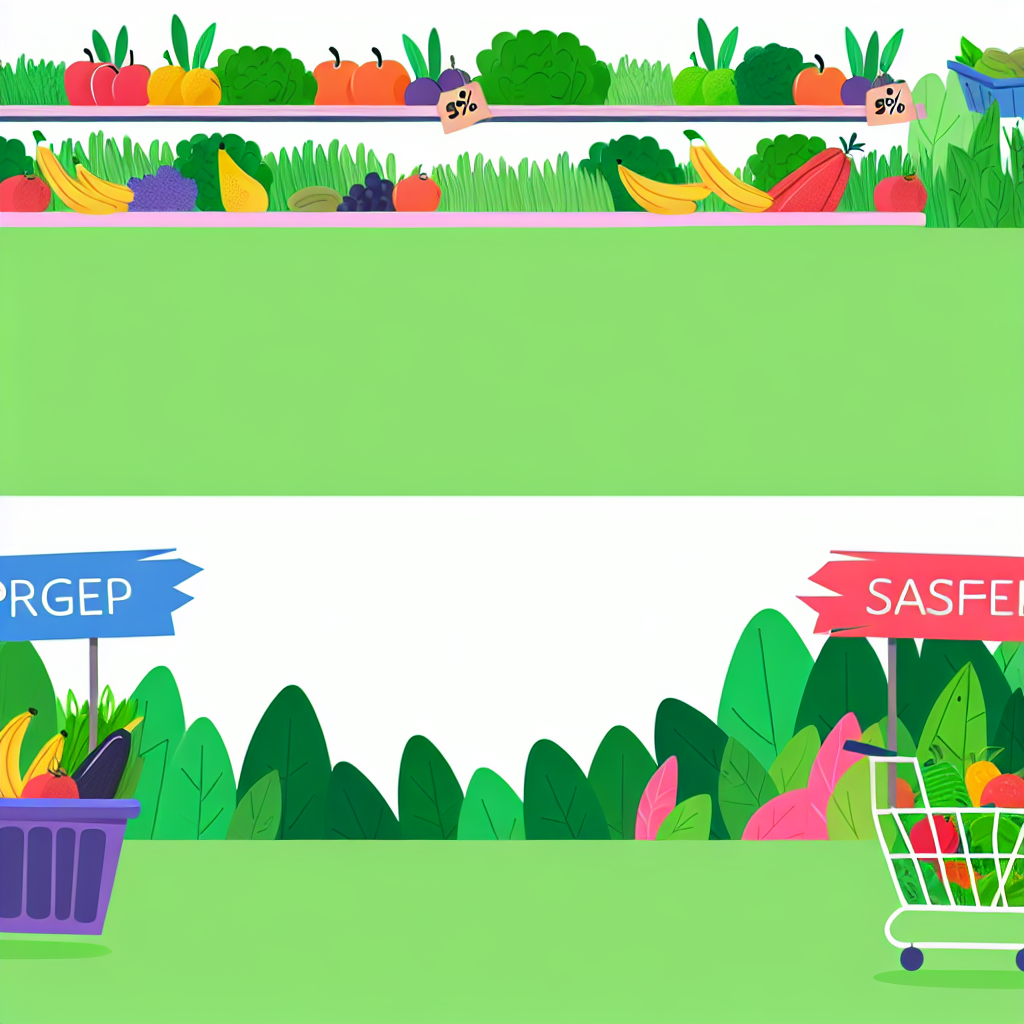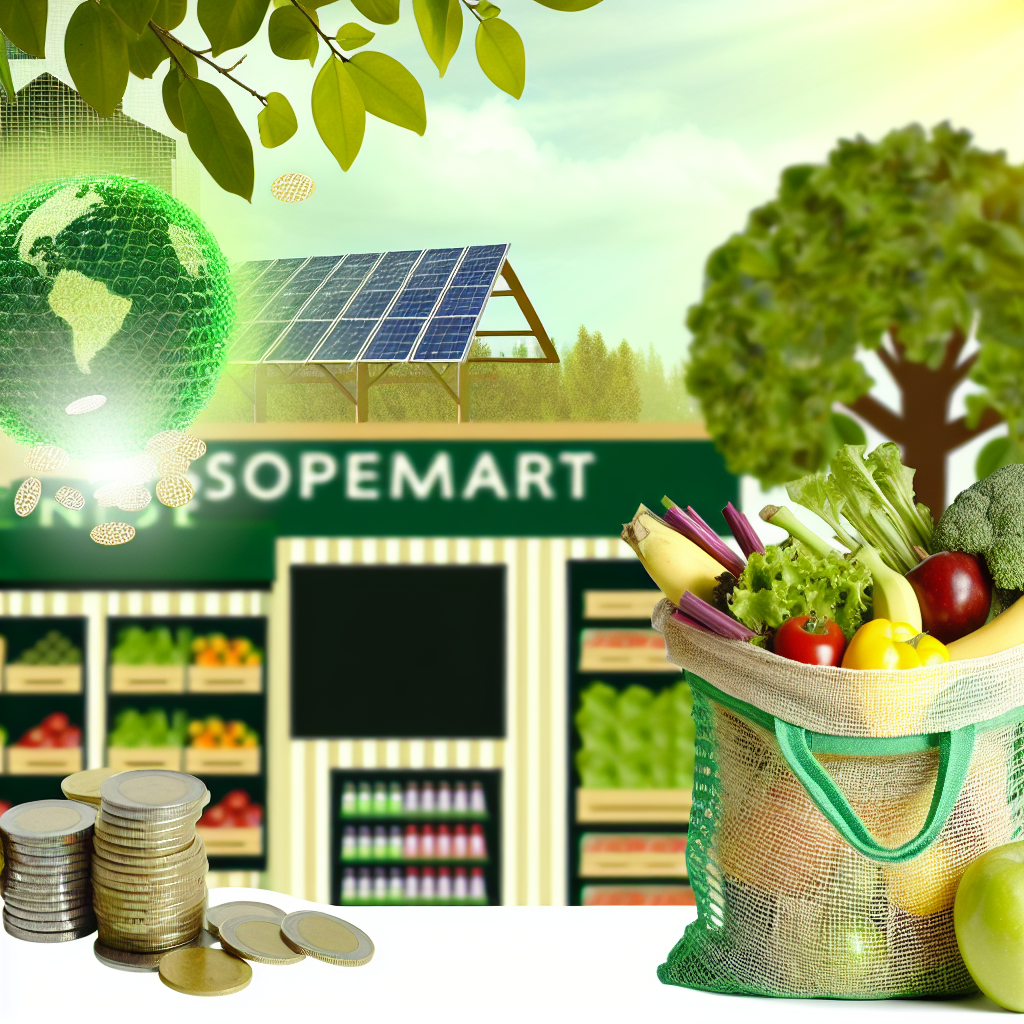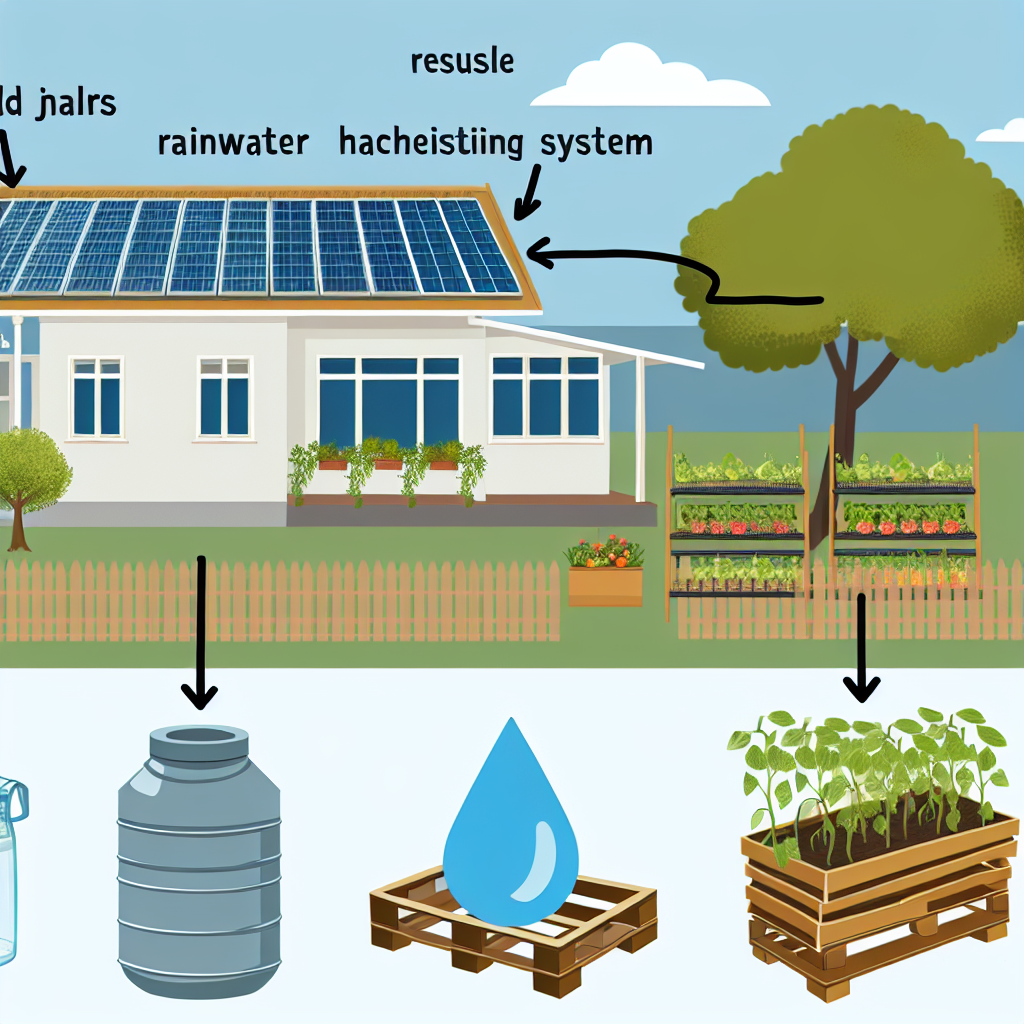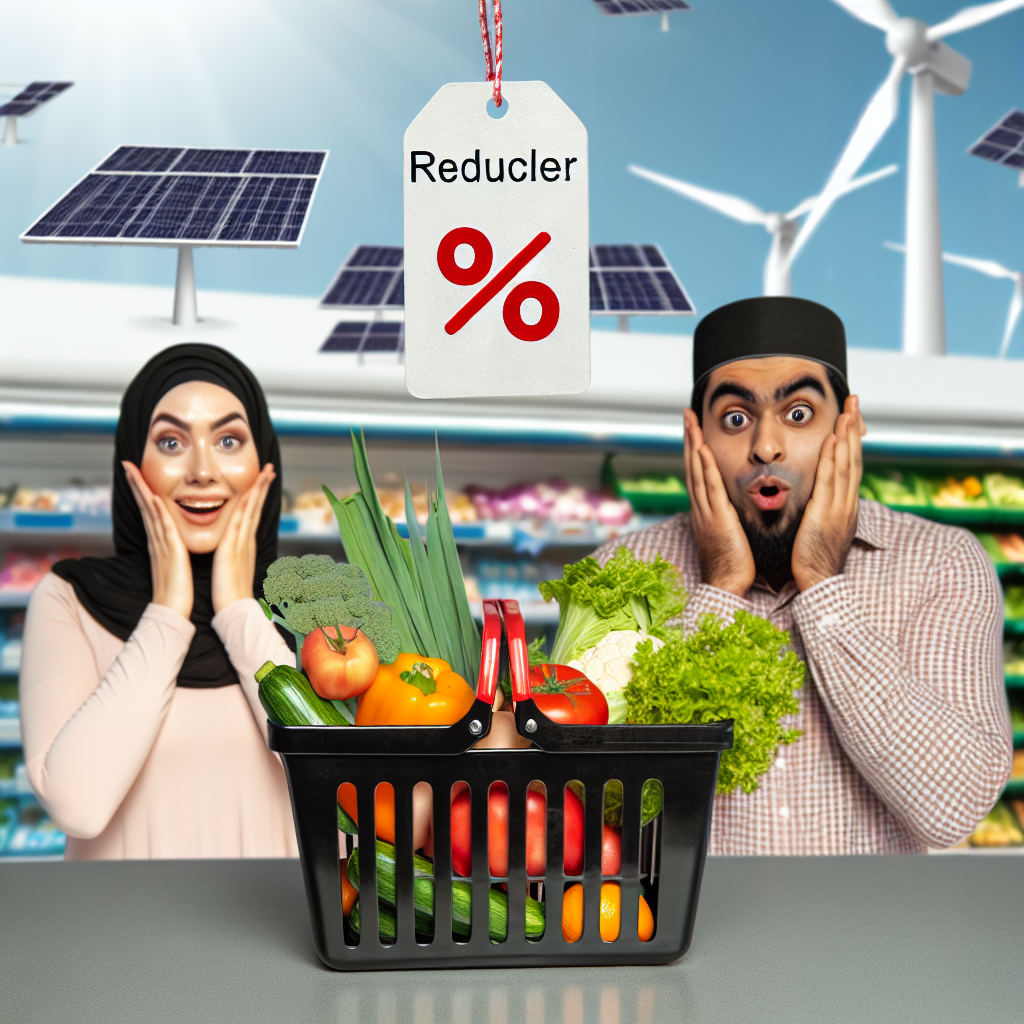Top 10 Eco-Friendly Tips to Lower Your Bills and Help the Planet
Introduction
Welcome to Frugal Zeitgeist! We love helping you save money while also caring for our Earth. In today’s tough economic times, balancing your budget and protecting the environment can feel tricky. But don’t worry! I’m here to share some easy and eco-friendly ways to cut down on your monthly bills while being kind to our planet. It’s like hitting two targets with one stone, and you’ll avoid any environmental mistakes too!
By the end of this post, you’ll know some simple and effective tips to make both your wallet and our planet happier. Let’s explore energy-saving, water-conserving, waste-reducing, traveling smart, and eco-friendly living tips—all while having a bit of fun!
Section 1: Energy Efficiency
Why it Matters
Unless you’re living off-the-grid in a treehouse (and if you are, that’s awesome!), you’re likely using a lot of energy, which leads to big bills and pollution. But don’t feel bad—let’s learn how to change that!
Tips
-
LED Lights: Swap out old bulbs for new LED ones. They last longer and use up to 80% less energy. It’s like a magical spell for your electric bill!
-
Smart Thermostats: Get a programmable thermostat to reduce heating and cooling costs by about 10% each year. It’s like having a tiny smart helper keeping your home comfy!
-
Energy-Efficient Appliances: When it’s time to replace appliances, choose ones with high energy ratings. They’ll pay for themselves over time, and you might even save up for a fun, eco-friendly sweater!
Section 2: Water Conservation
Why it Matters
Singing in the shower is fun, but our world is running out of clean water. Using less water is important for the planet, and it lowers your water bill too.
Tips
-
Low-Flow Fixtures: Put low-flow showerheads and faucets in your home. It’s easy to do and can cut water use by 50%. Your bills will shrink like magic!
-
Rainwater Harvesting: Collect rainwater for your garden or some household chores. It’s great for your plants, your bill, and the gift-giving rain clouds from nature.
-
Fix Leaks Quickly: A small drip can add up, so fix leaks to save about 10% on your water bill. You don’t want your money going down the drain!
Section 3: Waste Reduction
Why it Matters
Throwing away stuff also means wasting money and harming the environment. Using less is better for your wallet and the earth.
Tips
-
Composting: Turn food scraps into useful soil for your garden. Less trash, healthy plants, and you get to say you’re an eco-friendly superhero!
-
Reusable Products: Use bags, bottles, and containers you can reuse. They look cool and help keep plastic out of our oceans—a double win!
-
Buy in Bulk: Getting things in bulk means less packaging waste and saving money. Now your pantry can be as stocked as a warehouse!
Section 4: Transportation
Why it Matters
Driving everywhere leaves a big carbon footprint—and gas prices are high! Here are smarter ways to get around.
Tips
-
Carpooling: Share rides with friends or coworkers to cut down on gas costs and emissions. Carpool lanes are the place to be!
-
Biking and Walking: For short trips, hop on a bike or walk. You’ll get exercise, fresh air, and create no pollution—a triple win!
-
Public Transportation: Buses or trains aren’t just for city folks. They save you money and help the planet, all at once!
Section 5: Sustainable Living Practices
Why it Matters
Living sustainably helps save the planet and cuts costs. Turn everyday habits into helpful changes for the earth and your expenses.
Tips
-
DIY Cleaning Products: Make cleaning supplies at home with things like vinegar and lemon. They’re cheap, work well, and smell great!
-
Thrift Shopping: No need to feel bad—thrift stores have great finds. Updo, recycle, and grab unique pieces that deserve a new life. Stylish and budget-friendly? Yes, please!
-
Gardening: Grow your own fruits and veggies. Discover your inner gardener while saving on groceries. Plus, food always tastes better when you grow it yourself!
Conclusion
In the end, these tips show that you can have a healthier planet and more money in your pocket at the same time. Whether you’re just starting to live green or you’re already a pro, trying a few of these can make a big difference. So, put on your “I Save the Planet” cape and enjoy using these smart techniques!
Call-to-Action
We would love to hear your ideas! If you have any eco-friendly tips we missed, share them in the comments. Did these ideas motivate you to try something new? Sign up for more tips on living sustainably delivered right to your inbox. Remember, sharing this information helps build better, conscious communities. Let’s save the planet, one budget-friendly tip at a time!
